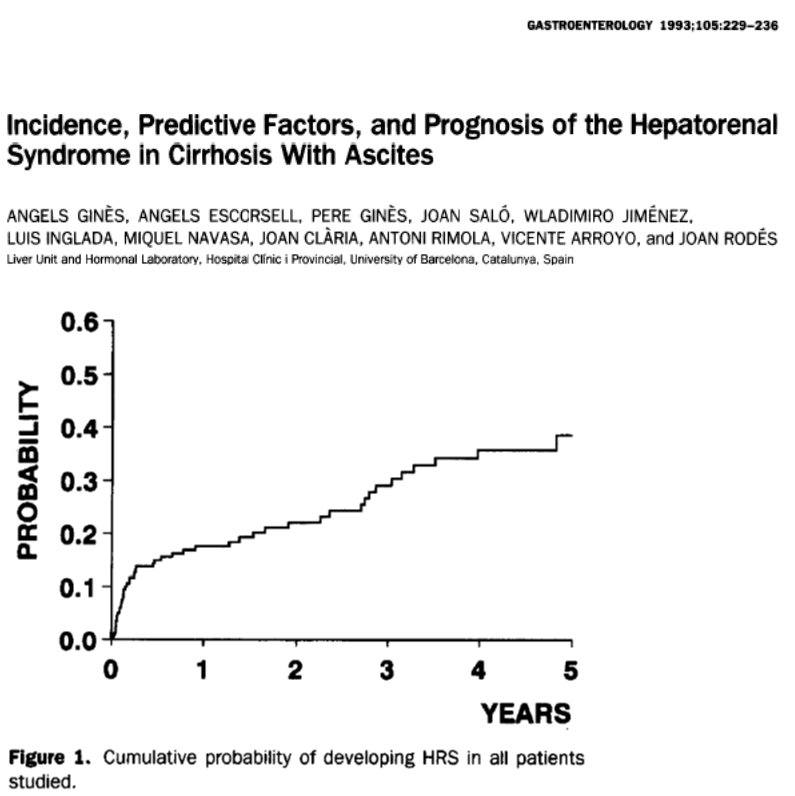A Tweetutorial:
The solution is found in understanding: 1) The factors that regulate potassium excretion, 2) The Potassium Switch.
True or False:
Sodium Chloride reabsorption in the early Distal Convoluted tubule (DCT1) directly activated by aldosterone.
1. Potassium also regulates salt absorption in the proximal tubule, paralleling the effects in the DCT. 28356292
























